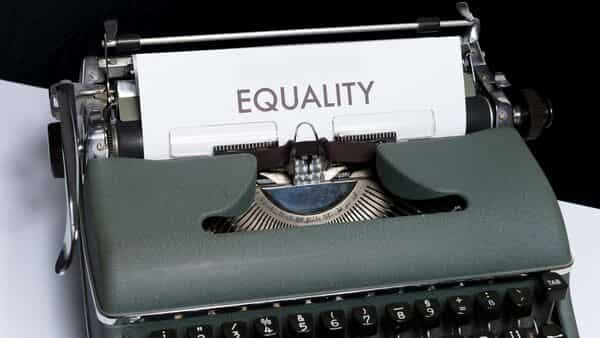[ad_1]
We cannot stand still when 49.6% of the global population does not have access to the resources needed to survive and thrive in the 21st century. If we continue at the current pace, we will not see an equal world for all genders until 2154, according to the World Economic Forum.
We must move away from the conventional modes of solving the world’s greatest challenges and explore unconventional ways of creating an equitable tomorrow. Fortunately, we can realize the vision of a gender equal world through purpose-driven finance.
Investing in gender equity
Gender lens investing (GLI) is a catalytic tool that can trigger a shift in gender market dynamics. With gender now a key strategy indicator, stakeholders are prioritising improved social outcomes for women in their new investment opportunities.
To achieve Sustainable Development Goal 5, which prioritizes gender equality and the empowerment of all women and girls, we need to expand GLI and other innovative financing tools. We must focus on two issues: investing capital to further gender equity and providing platforms to more women leaders.
In the largest gender equality gathering of global leaders since the 1995 Conference on Women in Beijing, UN Women convened the Generation Equality Forum in Paris in June 2021. The Forum announced USD 40 billion in commitments to gender-focused initiatives from governments, development finance institutions, philanthropic organizations, and the private sector. The G7 has committed to raising another USD 15 billion for GLI. These types of investments offer an opportunity to transform the state of play for gender equity.
Fostering an equitable tomorrow in Asia
Right now, Asia has USD 1.4 billion in gender lens investments, making it the second largest region for GLI. However, only one out of every five impact enterprises that have raised capital in the last three years have been started or co-founded by women. While Indonesia, the Philippines, and Vietnam account for 80% of GLI deals in Southeast Asia, other emerging Asian economies like India have a larger role to play. With the right investments, we can uplift women in India and across the Global South, improving their health and increasing their access to economic opportunity.
When India began its vaccination programs, the number of women getting vaccinated remained low because of vaccine shortages and prevailing vaccine hesitancy. Through our investment in Swasti Health Catalyst, a global, not-for-profit public health organisation, female and transgender health workers were trained and deployed to the field. The health workers convinced over 4.8 lakh women and a significant population of transgender people to get vaccinated. This is the power of investing in female leaders – they aid and encourage other women, thus creating an ecosystem of informed, empowered women.
The Foundation also supported 1.7 million low-income self-employed women during the pandemic. By repurposing our grants to Self Employed Women’s Association (SEWA), we reached more than 50,000 households with key messages on COVID-19 vaccination, leading over 25,000 members and their families to get vaccinated.
Empowering women leaders
Recently, the Indian government called for a transition from women’s development to ‘women-led development,’ reimagining women as architects of the country’s progress and development. To bring this idea to life in India and elsewhere, The Rockefeller Foundation and over 40 additional funders launched the Gender Fund, led by Co-Impact, which has disbursed USD 330 million to organisations in more than a dozen emerging economies to help women and girls exercise their power, agency, and leadership.
We need more women leaders, thinkers, and decision-makers in Asia. Initiatives like the Asian Impact Leaders Network (AILN) a platform co-convened by the Foundation and AVPN, brings together Asian leaders from multiple sectors to use their influence, knowledge, and capital to drive Asian nations towards achieving their SDG goals. With 12 women committee members representing 75% of the AILN’s board, the initiative is setting an example for the world to follow.
To ensure equity, it is critical that we help women decision makers lead the conversation and invest in other women. A recent report published by Ernst and Young shared that women now hold 18% of seats in the board and decision-making offices, but to achieve gender parity, there is still a lot of work to be done. To do so, we must also invest in in-depth research that analyzes investors, financial instruments, investees, and their benefits to women and society. Women World’s Banking is putting this idea to practice. They have women leaders on their board analysing the needs of financially dependent women to support their journey to financial inclusion and independence.
Investing in women means investing in healthier, wealthier families and, in turn, building stronger nations and a better, fairer world.
Deepali Khanna is Vice- President, Asia Region Office, The Rockefeller Foundation.
Download The Mint News App to get Daily Market Updates.
[ad_2]
Source link

